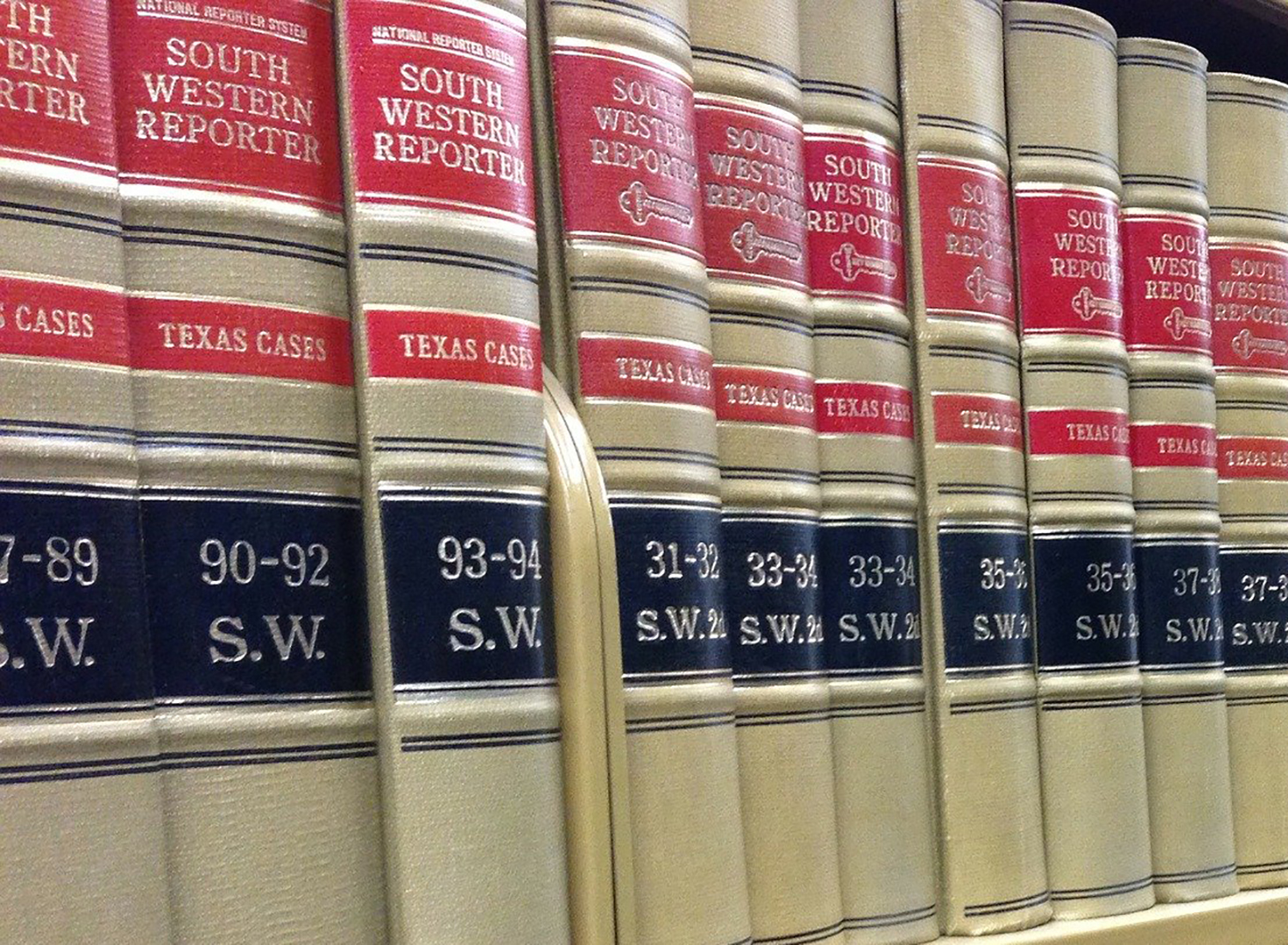The bills in the Clean Slate legislation widen the expungement process to include hundreds of thousands of people who had been excluded from it and also automate that process in many cases. However, the bills also contain terms that can be confusing. For instance, many bills refer to “assaultive crimes” without giving a clear definition of what those are. Others mention “serious misdemeanors,” again without offering a definition. In another bill, a new class of convictions called “crimes of deception” has been created.
This blog series will offer some quick, everyday definitions of these terms. These definitions are intended to give you a general guideline about what sorts of convictions might fall under the definitions. However, if you want to be certain whether a particular conviction on your own record fits one of these definitions, we urge you to consult someone with legal qualifications.
Assaultive Crimes
Many bills in the Clean Slate package refer to “assaultive crimes.” This distinction is used to narrow who qualifies for an expungement or how many convictions can be expunged. For instance:
House Bill 4980 (Automatic Expungement)
- People who have been convicted of more than one assaultive crime aren’t eligible for automatic expungements.
- Convictions for assaultive crimes cannot be automatically expunged.
House Bill 4984 (Increased Expungement Access)
- A person can have up to two assaultive crime convictions and still qualify for an expungement, but no more than two assaultive crimes can be expunged in a person’s lifetime.
House Bill 4985 (“One Bad Night”)
- Convictions for assaultive crimes cannot be consolidated together with other convictions to lower the conviction count toward expungement limits under the “one bad night” bill.

However, nowhere in these bills is it explained what an assaultive crime actually is. While it might sound self-explanatory on the surface, it can easily become confusing — does simply having a weapon on your person count as “assaultive,” or does the weapon have to be used? Is verbalizing a threat considered assaultive, or does there need to be a physical action? It’s no wonder that many people are uncertain how these bills could apply to them.
The term “assaultive crime” is defined in in section 9a of Chapter X of the Code of Criminal Procedure. However, if you look that up, what you will find is a list of references to other chapters in Michigan’s compiled legal code. To simplify things, in its research on the Clean Slate bills, the nonpartisan House Fiscal Agency defines “assaultive crime” this way:
Assaultive crime as defined in section 9a of Chapter X of the Code of Criminal Procedure includes offenses such as assault, homicide, manslaughter, assaults against pregnant women, kidnapping, rape, armed robbery, terrorism, and violations involving bombs and explosives.
It should be noted, however, that simply having an assaultive crime on your record does not necessarily shut you out of the expungement process under the Clean Slate reforms. A person with one or two assaultive convictions could still apply to have those convictions set aside after completing a certain waiting period, which is either five years for one felony or serious misdemeanor or seven years for two convictions. However, those convictions couldn’t be wiped away automatically. And they couldn’t be rolled into other a single conviction along with other crimes for the purposes of reducing a conviction count under the “One Bad Night” bill.
Safe & Just Michigan understands that expungements change lives, which is why we want to see increased opportunities to set aside convictions. We believe that scientific, data-driven research should underpin policy, and we know that research shows that more people who have assaultive convictions in their past should be given expungement opportunities sooner. We will continue to work for criminal justice reforms that transform the lives of formerly incarcerated people, build local economies and keep our communities safe.

